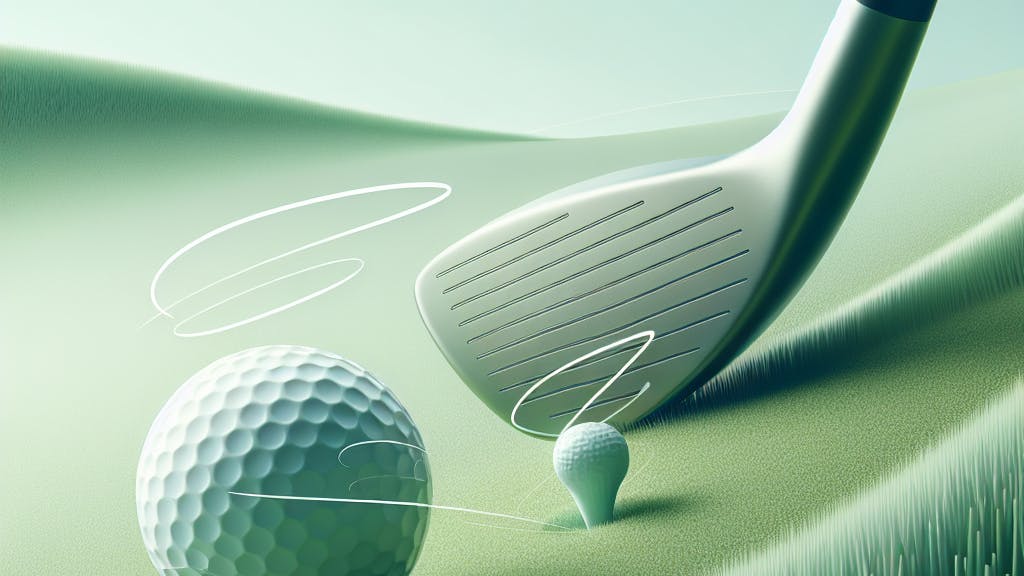
Golf Ball Spin Rates Explained: Impact on Your Game
Golf ball spin rates can make or break your shots. Here's what you need to know:
- Spin rate: How fast the ball rotates after impact (measured in RPM)
- Types: Backspin (lifts ball), sidespin (curves ball), mixed spin (combination)
- Impact: Affects distance, height, control, and stopping power
- Ideal rates vary by club:
- Driver: 2,000-3,000 RPM
- Irons: ~1,000 RPM per club number (e.g., 7-iron ≈ 7,000 RPM)
- Wedges: 8,000-11,000 RPM
Key factors affecting spin:
- Club features (loft, grooves)
- Ball design
- Swing technique
- Weather and course conditions
To improve spin control:
- Use clubs with fresh grooves
- Choose spin-friendly golf balls
- Hit down on the ball for more backspin
- Practice clean contact
- Consider course conditions
Remember: Optimal spin rates depend on your swing and playing style. Experiment to find what works best for you.
| Club Type | Average Spin Rate (RPM) |
|---|---|
| Driver | 2,686 - 3,275 |
| Fairway Wood | 3,000 - 4,300 |
| Iron | 7,000 - 9,000 |
| Wedge | 8,000 - 11,000 |
Understanding and controlling spin can significantly improve your golf game, adding distance, accuracy, and control to your shots.
Related video from YouTube
2. Types of Golf Ball Spin
Golf ball spin plays a key role in how your shots behave. Let's break down the main types:
2.1 Backspin
Backspin is the backwards rotation of the ball after impact. It's what makes the ball climb into the air and stop on the green.
Key points about backspin:
- Helps lift the ball
- Makes shots stop quicker on greens
- More backspin = higher shots
- Less backspin = lower shots with more roll
To create backspin, you need to hit down on the ball with a clean strike.
2.2 Sidespin
Sidespin is the sideways rotation of the ball. It's what causes hooks, slices, draws, and fades.
Sidespin basics:
- Right spin = ball curves right
- Left spin = ball curves left
- More spin = bigger curve
Sidespin happens when the clubface isn't square to the swing path at impact.
2.3 Mixed Spin
Most golf shots have a mix of backspin and sidespin. This combo determines the ball's exact flight path.
| Spin Type | Effect on Ball Flight |
|---|---|
| Backspin | Lifts ball, stops on green |
| Sidespin | Curves ball left or right |
| Mixed | Combines lift and curve |
Pro tip: To control spin, focus on:
- Clean contact
- Proper swing path
- Square clubface at impact
3. What Affects Spin Rates
Golf ball spin rates can make or break your game. Let's look at the key factors that impact how much your ball spins:
3.1 Club Features
The design of your club plays a big role in spin:
- Loft: Higher lofted clubs create more spin
- Grooves: Sharper, deeper grooves increase friction and spin
3.2 Ball Design
Not all golf balls are created equal when it comes to spin:
| Ball Feature | Effect on Spin |
|---|---|
| Soft cover | More spin |
| Hard cover | Less spin |
| High density | More spin |
| Low density | Less spin |
3.3 Swing Technique
Your swing has a huge impact on spin:
- Speed: Faster swings generally create more spin
- Angle of attack: Hitting down on the ball increases backspin
- Club path: The relationship between club face and path affects sidespin
3.4 Weather and Course Conditions
External factors can change your spin game:
- Temperature: Cold weather reduces spin due to harder balls and denser air
- Humidity: High humidity can slightly increase spin
- Wind: Strong winds can alter spin and ball flight
- Grass length: Shorter grass allows for more spin on approach shots
"When the air gets cold, the ball doesn't compress as well and the effect on mis-hits gets exaggerated. A softer ball compresses more easily, leading to straighter shots in frosty conditions." - Phil Mickelson
4. How to Measure Spin Rates
Measuring spin rates is key to improving your golf game. Here's how to do it:
4.1 Spin Measuring Tools
The most accurate way to measure spin rates is with a launch monitor. These devices use advanced technology to track your ball's flight and provide detailed data.
TrackMan: This popular launch monitor uses Doppler radar to measure spin rates within 20 rpm. It's used by many pro golfers and coaches.
Golfzon Wave: Another option that measures 34 data points, including spin rate.
4.2 Understanding Spin Data
Once you have the numbers, you need to know what they mean. Here's a quick guide:
| Club Type | Average Spin Rate (RPM) |
|---|---|
| Driver | 2600-3300 |
| Fairway Wood | 3000-4300 |
| Iron | 7000-9000 |
| Wedge | 8000-11000 |
Remember, these are averages. Your ideal spin rate depends on your swing speed and style.
4.3 Target Spin Rates for Clubs
Aim for these spin rates to optimize your shots:
| Club Number | Target Spin Rate (RPM) |
|---|---|
| Driver | 2000-3000 |
| 3-wood | 3000-4000 |
| 5-iron | 5000-6000 |
| 9-iron | 8000-9000 |
| Wedge | 9000-10000 |
Pro tip: A good rule of thumb is to aim for about 1,000 RPM per club number. So, a 6-iron should spin around 6,000 RPM.
"It often happens that a student can improve their total distance of a drive by more than 30 yards within a couple of shots by optimizing their spin rate." - Christoph Bausek, TrackMan Master Fitter
5. How Spin Rates Change Ball Flight
Spin rates play a big role in how your golf ball flies through the air. Let's break down the key ways spin affects your shots:
5.1 Effect on Distance
Spin can make or break your distance off the tee. Here's how:
- Too much spin: Your ball climbs high but falls short
- Too little spin: Your ball doesn't get enough lift and drops quickly
For drivers, aim for about 2,000-3,000 RPM. This sweet spot helps maximize distance.
5.2 Effect on Height and Shape
Spin changes how high your ball flies and its path through the air:
| Spin Type | Effect on Ball Flight |
|---|---|
| Backspin | Higher trajectory |
| Sidespin | Curves left or right |
More backspin = higher shots that stop faster on greens. More sidespin = more curve (good for shaping shots, bad for accuracy).
5.3 Effect on Shot Control
Controlling spin helps you manage your shots better:
- Low spin: Straighter shots, more roll
- High spin: More control, especially around greens
Pro tip: For better control with irons, aim for about 1,000 RPM per club number. So, a 7-iron should spin around 7,000 RPM.
5.4 How Spin Stops the Ball
Backspin is key for stopping the ball on greens. Here's why:
- More backspin = ball stops faster
- Less backspin = more roll after landing
Top pros can make balls spin back on greens. They do this by hitting down on the ball, creating lots of backspin.
"It often happens that a student can improve their total distance of a drive by more than 30 yards within a couple of shots by optimizing their spin rate." - Christoph Bausek, TrackMan Master Fitter
Remember, different clubs need different spin rates:
| Club Type | Ideal Spin Rate (RPM) |
|---|---|
| Driver | 2,000-3,000 |
| 5-iron | 5,000 |
| 9-iron | 9,000 |
| Wedge | 10,000 |
6. Spin Rates for Different Clubs
Golf clubs create different spin rates, which affect how the ball flies and behaves. Let's break down the typical spin rates for various club types:
6.1 Driver Spin
Drivers typically have the lowest spin rates:
| Golfer Type | Average Driver Spin Rate (RPM) |
|---|---|
| PGA Tour | 2,686 |
| LPGA Tour | 2,611 |
| 10 HCP Male | 3,192 |
| 10 HCP Female | 3,207 |
Lower spin rates with drivers help maximize distance. PGA Tour pro Rory McIlroy's average driver spin rate is 2,324.8 RPM, below the Tour average.
6.2 Fairway Wood Spin
Fairway woods generate more spin than drivers:
| Club | Average Spin Rate (RPM) |
|---|---|
| 3-wood | 3,655 |
| 5-wood | 4,350 |
These higher spin rates help keep the ball in the air longer for shots off the fairway.
6.3 Iron Spin
Iron spin rates increase as the loft increases:
| Club | PGA Tour Average Spin Rate (RPM) |
|---|---|
| 3-iron | 4,630 |
| 5-iron | 5,361 |
| 7-iron | 7,097 |
| 9-iron | 8,647 |
Higher spin rates with irons help control the ball's flight and stopping power on greens.
6.4 Wedge Spin
Wedges create the highest spin rates:
| Wedge Model | Spin Rate (RPM) |
|---|---|
| Ben Hogan Equalizer II | 10,520 |
| TaylorMade Hi-Toe Raw | 10,248 |
| Callaway Jaws MD5 | 9,971 |
High spin rates with wedges allow for precise control on approach shots and around the green.
"Fresh grooves, we have to have them. Our tour pins are tucked in tight spots, so you have to be able to hit it low and hit it high with the right amount of spin. If the grooves are not fresh, you're going to get inconsistency." - Jordan Spieth
Keep in mind that these numbers are averages. Your spin rates may differ based on your swing, the specific club, and course conditions. Regular practice and club maintenance can help you achieve optimal spin rates for your game.
sbb-itb-ea6abd0
7. How to Improve Your Spin Rates
Boosting your golf ball spin rates can take your game to the next level. Here's how to do it:
7.1 Changing Your Clubs
The right clubs can make a big difference in spin rates:
| Club Type | Spin Impact |
|---|---|
| Wedges with higher lofts | More spin |
| Clubs with clean, fresh grooves | Better friction, more spin |
| Wedges with face milling or microgrooves | Added friction, increased spin |
Pro tip: Try the TaylorMade Milled Grind 3 (MG3) wedge. It's rated 10/10 for spin and costs around $200-$300.
7.2 Changing Your Swing
Your swing technique plays a key role in creating spin:
- Hit down on the ball for more backspin
- Keep your hands ahead at impact
- Maintain a shallow angle of attack
- Increase your clubhead speed
"To put backspin on a ball, you want a clean clubface, a clean golf ball, and a lie in the shorter grass." - Matt Stevens
7.3 Choosing the Right Golf Balls
Not all golf balls are created equal when it comes to spin:
| Ball Type | Spin Performance |
|---|---|
| Premium balls with urethane covers | Higher spin rates |
| Balls with softer covers | More spin than harder covers |
| Clean, dry balls | Better friction, more spin |
Try this: Experiment with balls like Titleist Pro V1 or Callaway Chrome Soft for better spin rates.
8. Common Spin Problems and Fixes
Let's tackle some typical spin issues that can mess up your golf game:
8.1 Too Much Backspin
Excessive backspin can make your ball fly high but not far. This is a common problem, especially with drivers.
| Problem | Cause | Fix |
|---|---|---|
| Ball stalls in air | Teeing too low | Tee up half the ball above driver |
| Reduced distance | Incorrect setup | Lower right shoulder at address |
| High ball flight | Wrong attack angle | Practice optimal launch angle (2-5 degrees up) |
"Teeing the ball at the correct height can be a quick fix to your driver issues." - Dan Grieve, Golf Monthly Top 50 Coach
8.2 Not Enough Backspin
Low backspin can hurt your control and stopping power on the greens.
| Club | Ideal Spin Rate (RPM) | Low Spin Effects |
|---|---|---|
| Driver | 2000-2500 | Lack of carry, reduced accuracy |
| Irons | 4000-7000 | Poor stopping power on greens |
| Wedges | 8000-10000 | Difficulty controlling short shots |
To boost spin:
- Use premium balls with urethane covers
- Keep your grooves clean and sharp
- Hit down on the ball with a descending blow
8.3 Unwanted Side Spin
Side spin leads to hooks and slices, throwing your shots off course.
| Shot Shape | Cause | Fix |
|---|---|---|
| Slice | Open clubface at impact | Strengthen grip, focus on square impact |
| Hook | Closed clubface at impact | Weaken grip, work on proper release |
Pro Tip: Practice with alignment sticks to improve your swing path and reduce unwanted side spin.
9. Advanced Spin Techniques
9.1 Creating Draws and Fades
Shaping shots is a key skill for golfers looking to improve their game. Here's how to create draws and fades:
| Shot Type | Club Path | Clubface Angle | Setup |
|---|---|---|---|
| Fade | Inside | Open | Open stance, cup wrists |
| Draw | Outside | Closed | Closed stance, bow wrist |
To hit a fade:
- Open your stance
- Cup your wrists
- Swing inside, keeping the clubface open to the path
For a draw:
- Close your stance
- Position the ball back in your stance
- Bow your wrist
- Swing outside, keeping the clubface square to the target line
"The ultimate goal with a fade is to get your clubface open to swing path at impact."
9.2 Spin in Different Weather
Wind can greatly impact your spin strategy:
Headwind:
- Use less loft
- Swing easy to reduce spin
- Widen stance, move ball back
Tailwind:
- Tee the ball higher
- Swing with more force
- Add spin to keep the ball in the air
"A headwind hurts more than a tailwind helps, and the difference might surprise you." - Oliver Morton, Golf Coach
9.3 Spin for Different Courses
Adjust your spin strategy based on course conditions:
- Firm greens: Use more backspin to stop the ball quickly
- Soft greens: Less backspin needed, focus on ball flight
- Tight fairways: Use sidespin to shape shots around obstacles
10. Wrap-Up
10.1 Key Takeaways
Golf ball spin rates play a big role in how your shots behave. Here's what to remember:
- Spin types: Backspin lifts the ball, while sidespin affects direction
- Club impact: Different clubs create varying spin rates
- Player level: Pros tend to have lower spin rates than amateurs
- Ball choice: Pick balls that match your skill and desired outcomes
| Spin Rate | Effect on Shot |
|---|---|
| Low | More distance, less control |
| Medium | Balanced distance and control |
| High | Less distance, more control |
10.2 Keep Practicing
Improving your spin control takes time and effort. Try these tips:
- Experiment: Test different balls and clubs to find your ideal setup
- Monitor: Use launch monitors to track your spin rates
- Adjust: Tweak your swing to achieve desired spin
- Course strategy: Use spin knowledge to plan shots
11. Spin Terms Explained
Golf spin can be tricky to understand. Let's break down key spin terms to help you grasp how they affect your game:
| Term | Definition | Impact on Shot |
|---|---|---|
| Backspin | Backward rotation of the ball | Higher flight, quicker stop on green |
| Sidespin | Side-to-side rotation of the ball | Curves shot left or right |
| Mixed Spin | Combination of backspin and sidespin | Complex ball flight patterns |
| Spin Rate | Speed of ball rotation | Affects trajectory and control |
Backspin
Backspin lifts the ball into the air. It's created by hitting down on the ball with a clean strike. More backspin means:
- Higher ball flight
- Quicker stop on the green
- Better control on approach shots
Sidespin
Sidespin makes the ball curve left or right. It can be good or bad, depending on your shot plan:
- Too much: Can cause hooks or slices
- Just right: Creates draws or fades for shot shaping
Spin Rate
Spin rate measures how fast the ball spins. It's key for shot control:
- Higher spin rate = ball flies higher
- Lower spin rate = ball flies lower with more roll
"The higher the golf spin rate, the higher up the ball will fly."
Tips for Managing Spin
- Clean club grooves for better spin control
- Choose spin-friendly golf balls
- Use wedges with textured faces for more spin
- Practice clean ball contact
- Consider course conditions (e.g., green firmness)
Understanding these terms can help you adjust your game. Practice with different clubs and techniques to see how spin affects your shots.
FAQs
Why do some golf balls spin more?
Golf ball spin rates depend on several factors:
- Compression: Softer balls compress more, leading to higher spin rates
- Core: Multi-layer balls with softer cores tend to spin more
- Cover material: Urethane covers provide more spin than ionomer covers
For example, the Titleist Pro V1 has a soft core and urethane cover, resulting in high spin rates for better control around the greens.
What does a higher spin golf ball mean?
A higher spin golf ball:
- Flies higher in the air
- Stops quicker on the green
- Offers more control for shot shaping
However, high spin can be a double-edged sword:
| Pros | Cons |
|---|---|
| Better control around greens | More prone to slicing/hooking |
| Easier to stop on firm greens | May lose distance in windy conditions |
| Helps with shot shaping | Can reduce overall distance |
Christoph Bausek, a Trackman master fitter, notes: "It is fascinating how much the spin rate can change the flight of the golf ball."
For most amateur golfers, a moderate spin rate is often ideal. The Titleist AVX, for instance, offers lower spin for distance while maintaining enough spin for control.

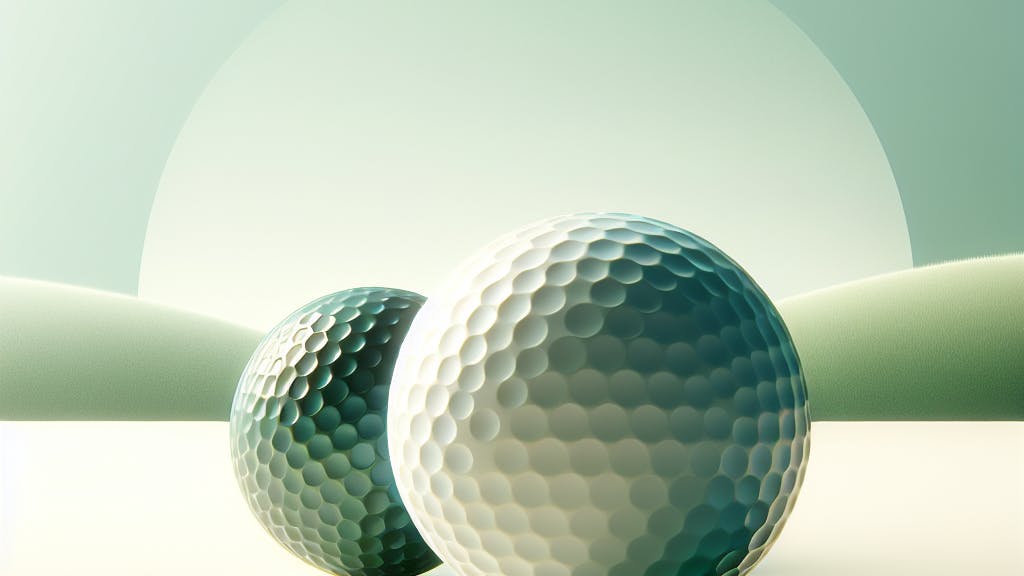
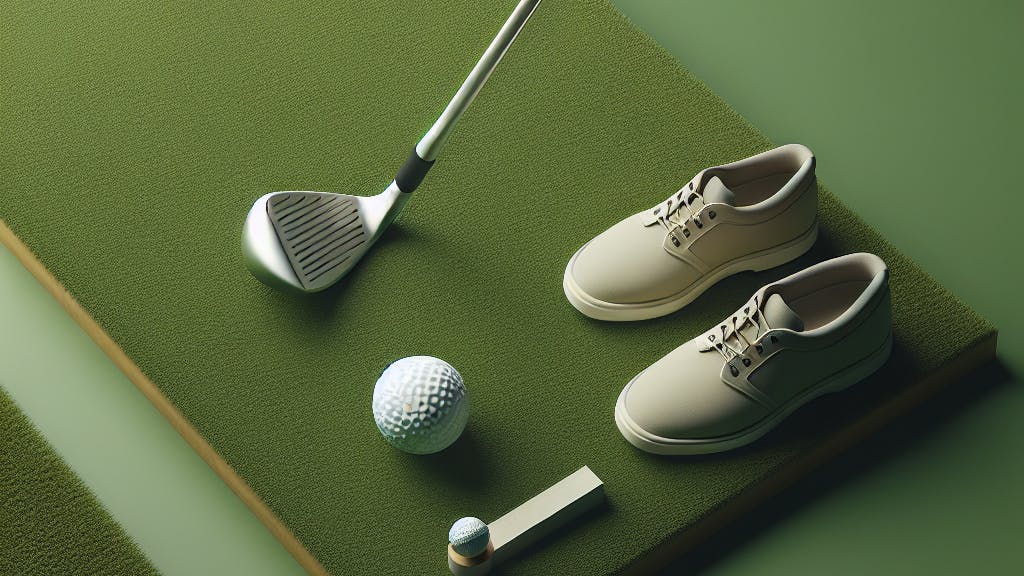
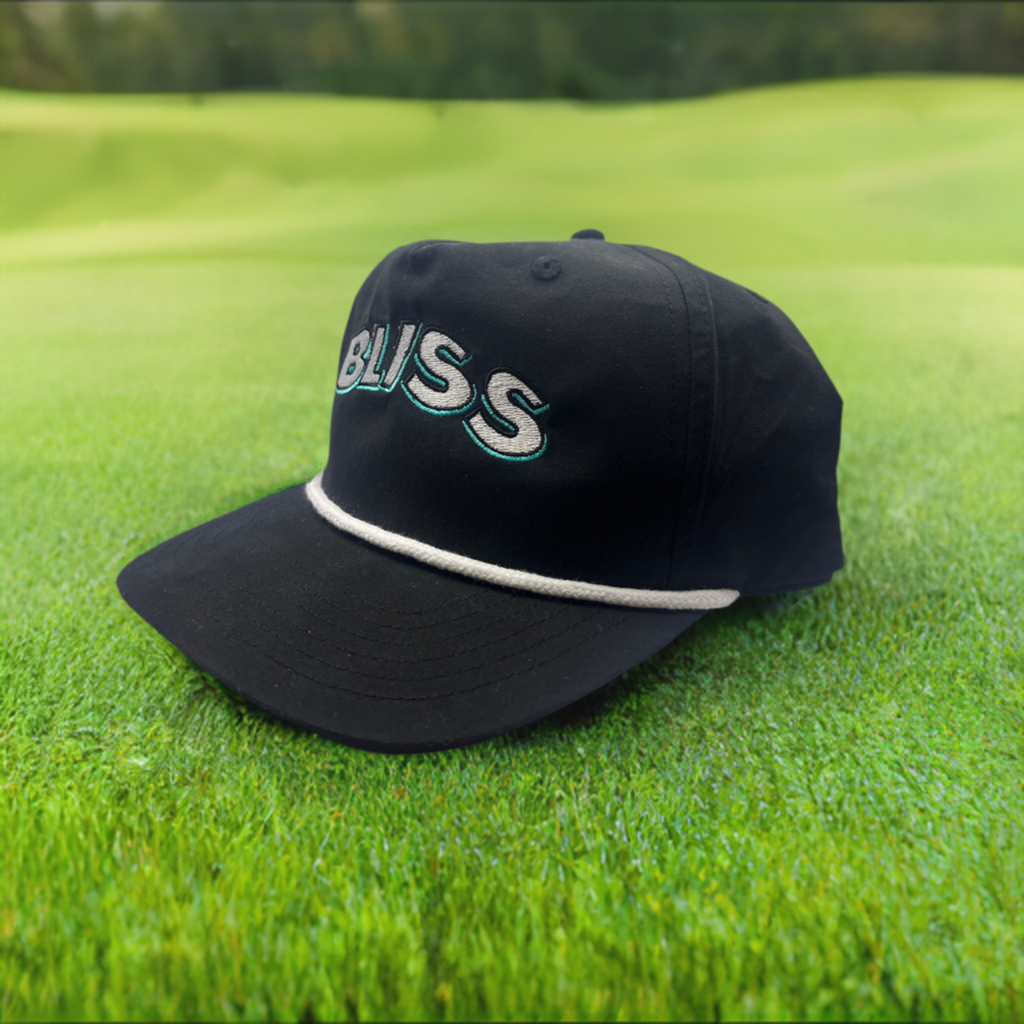
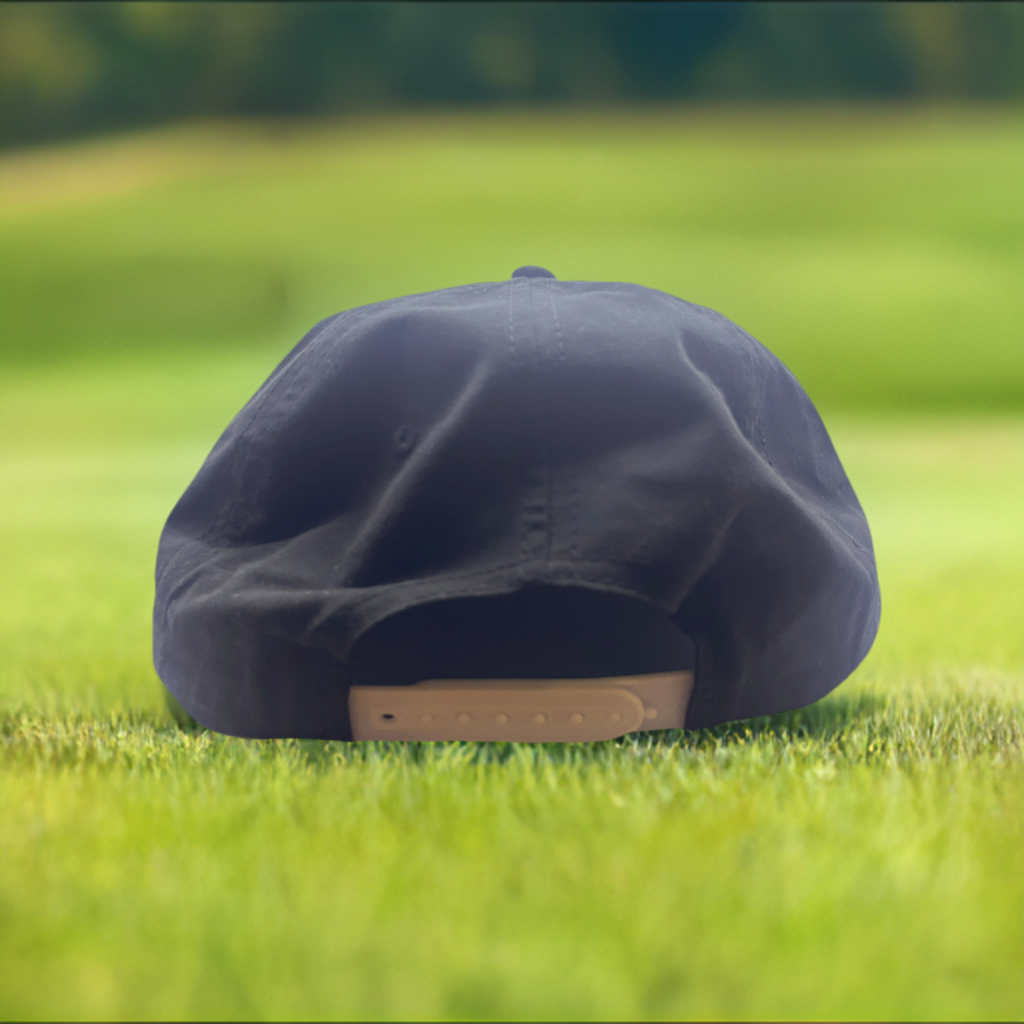
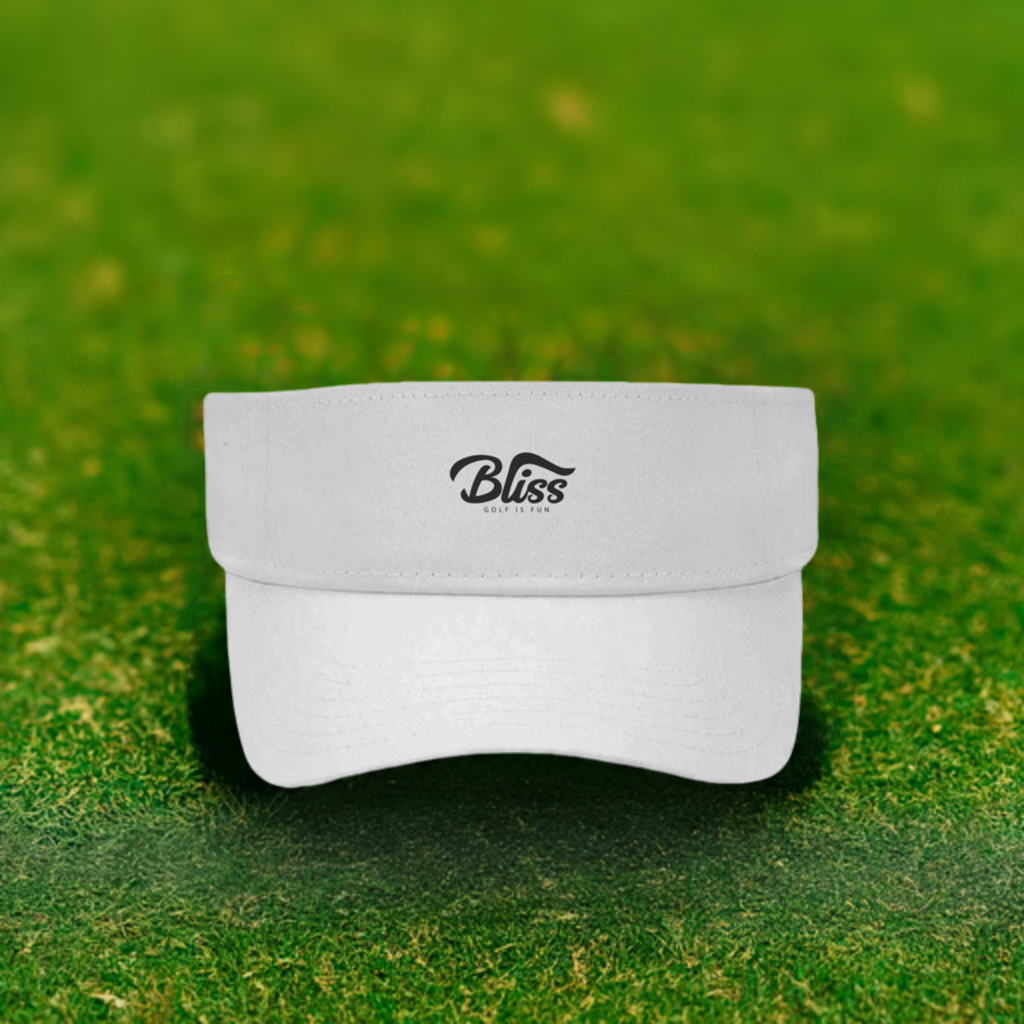
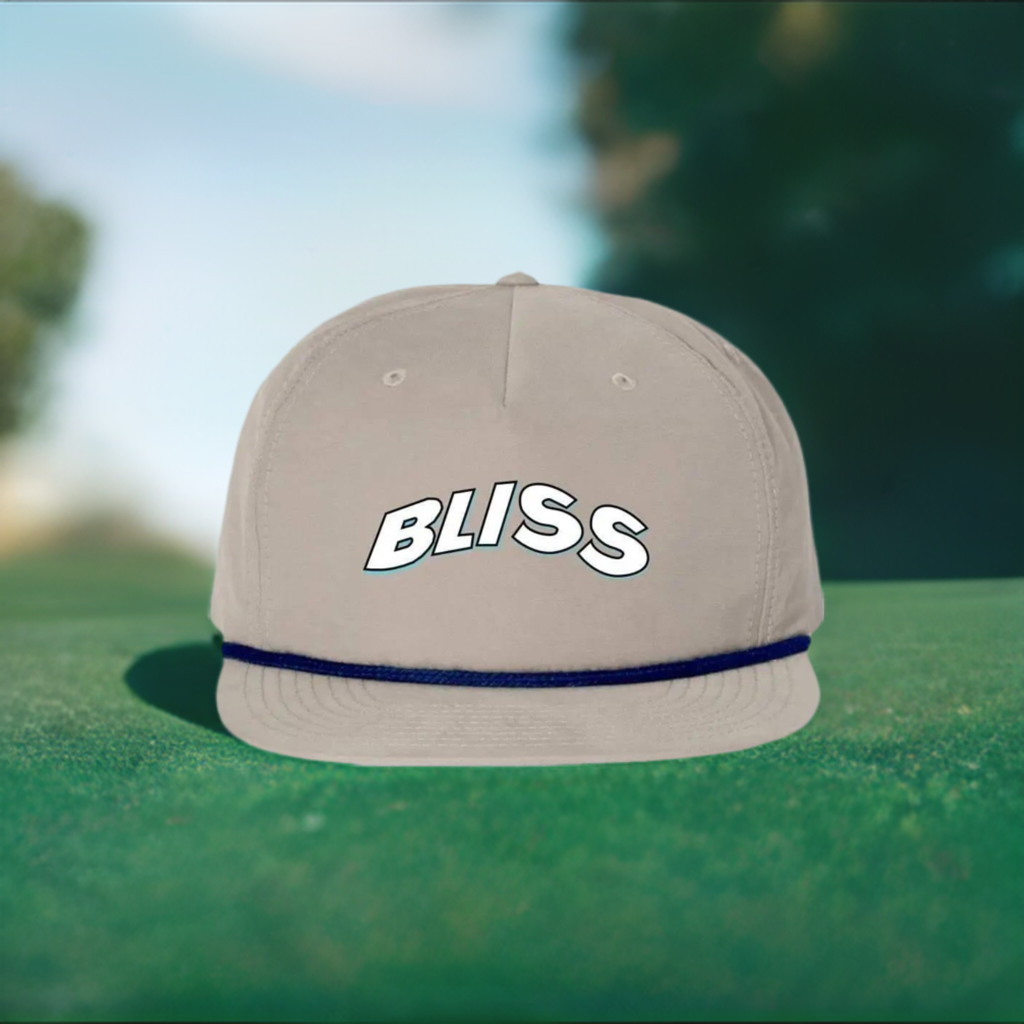
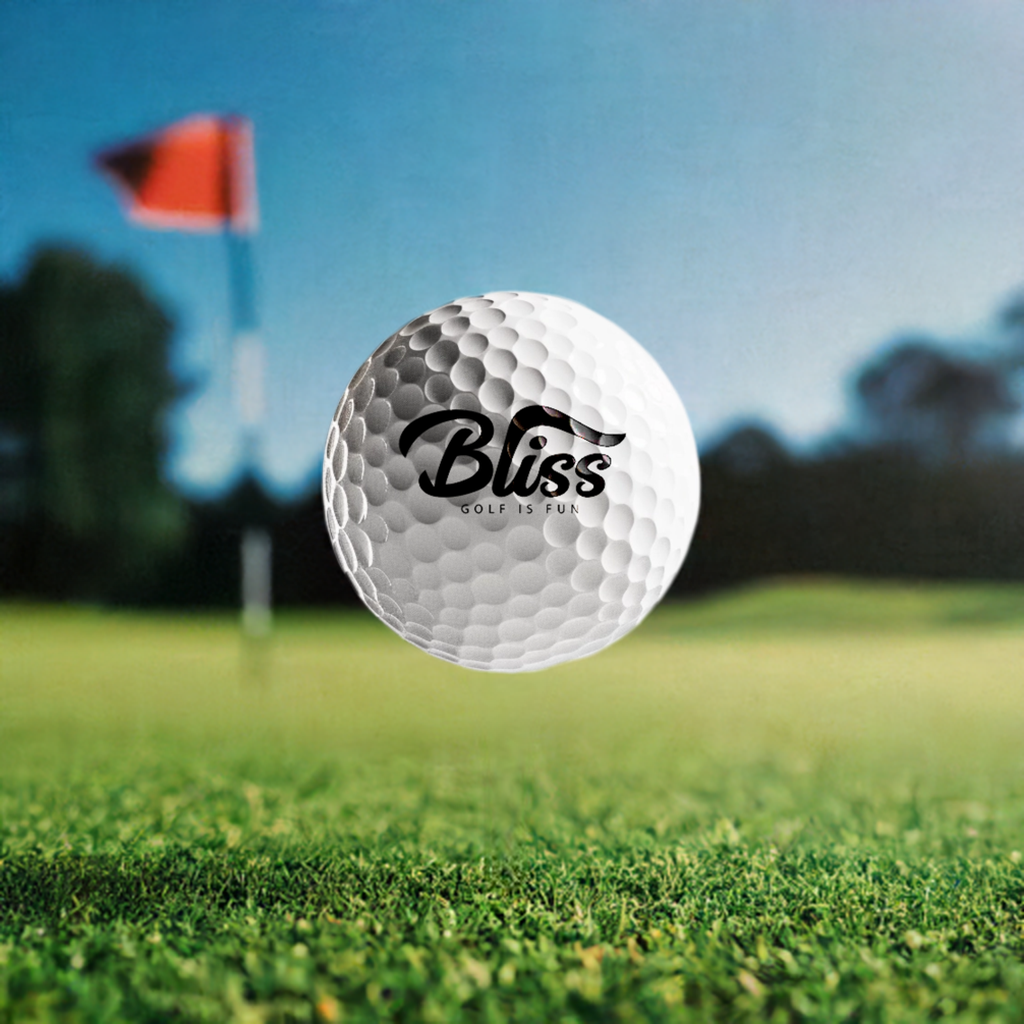
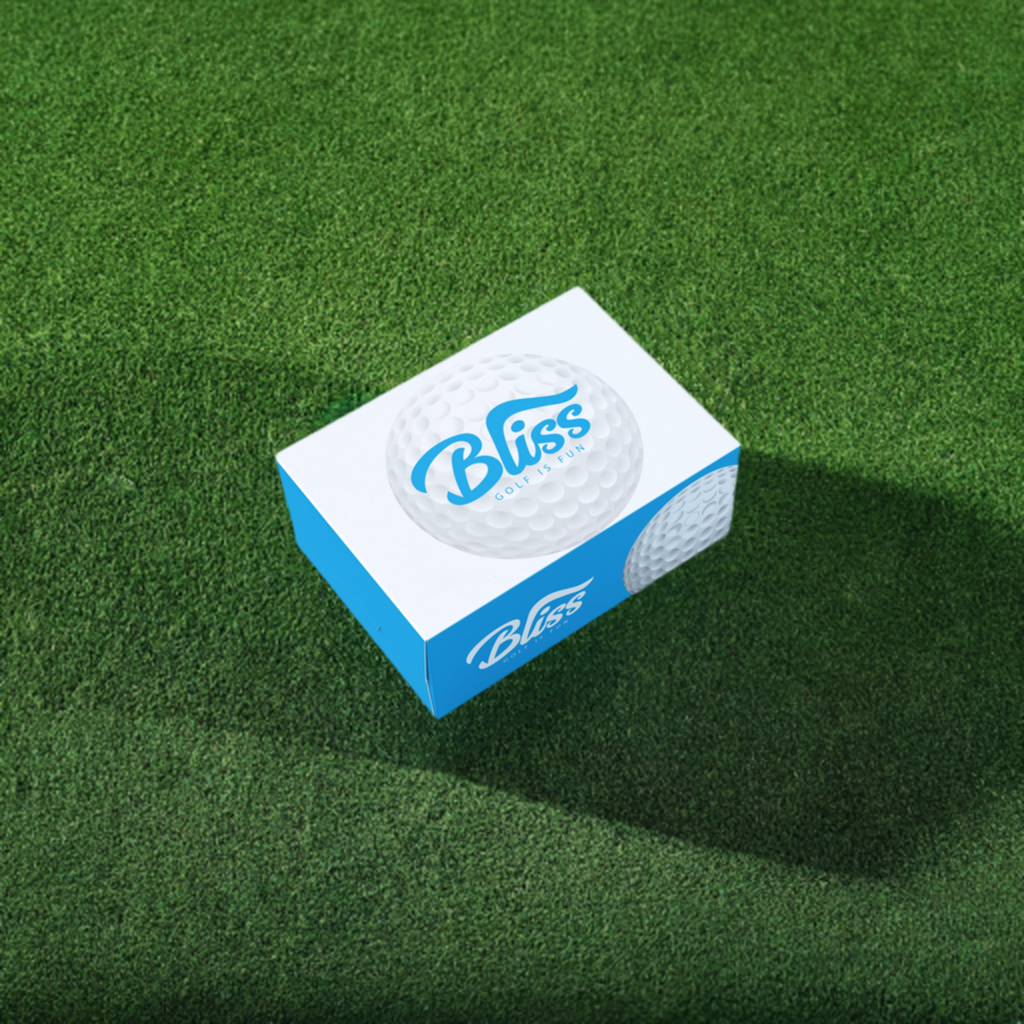
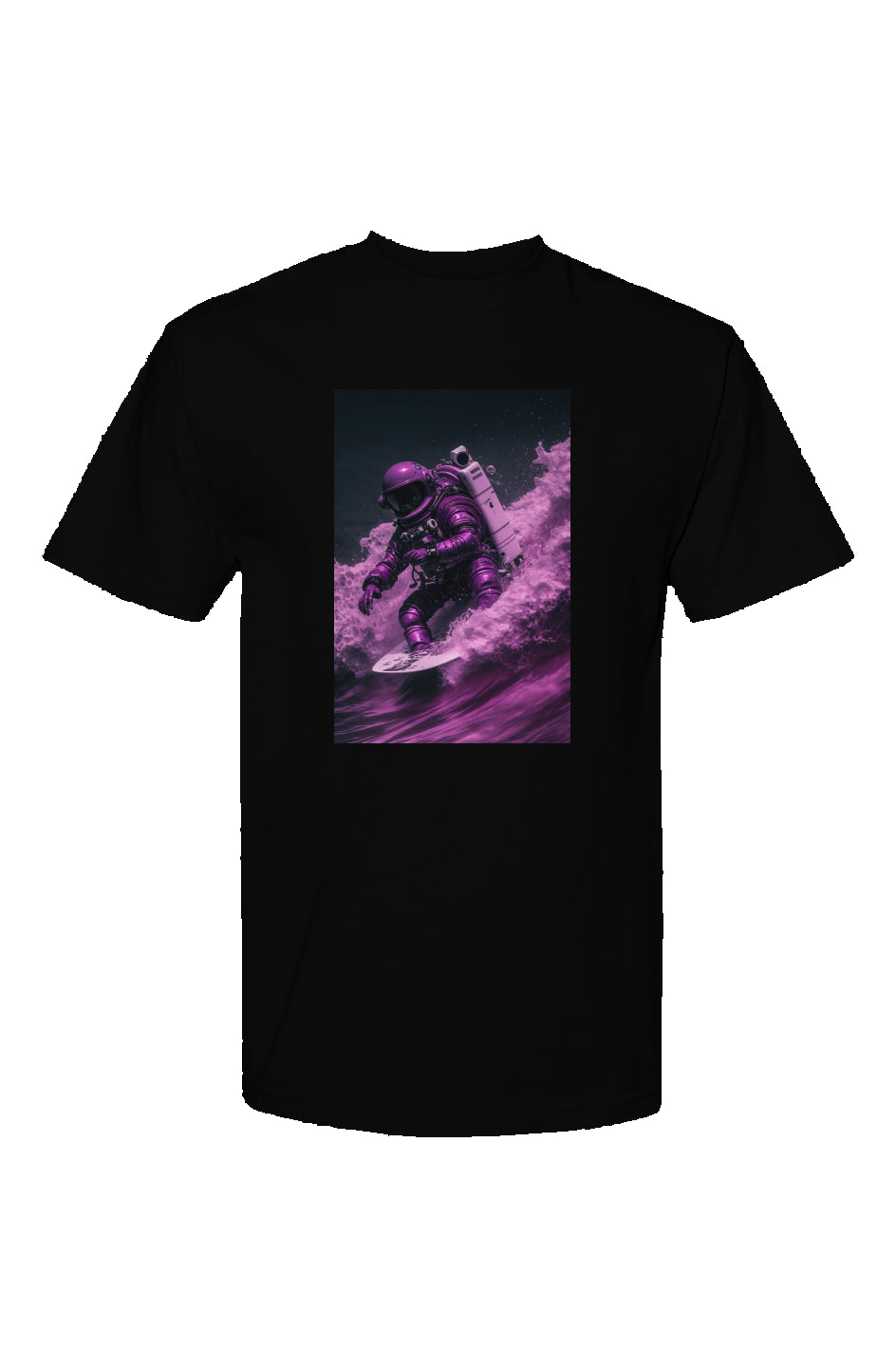
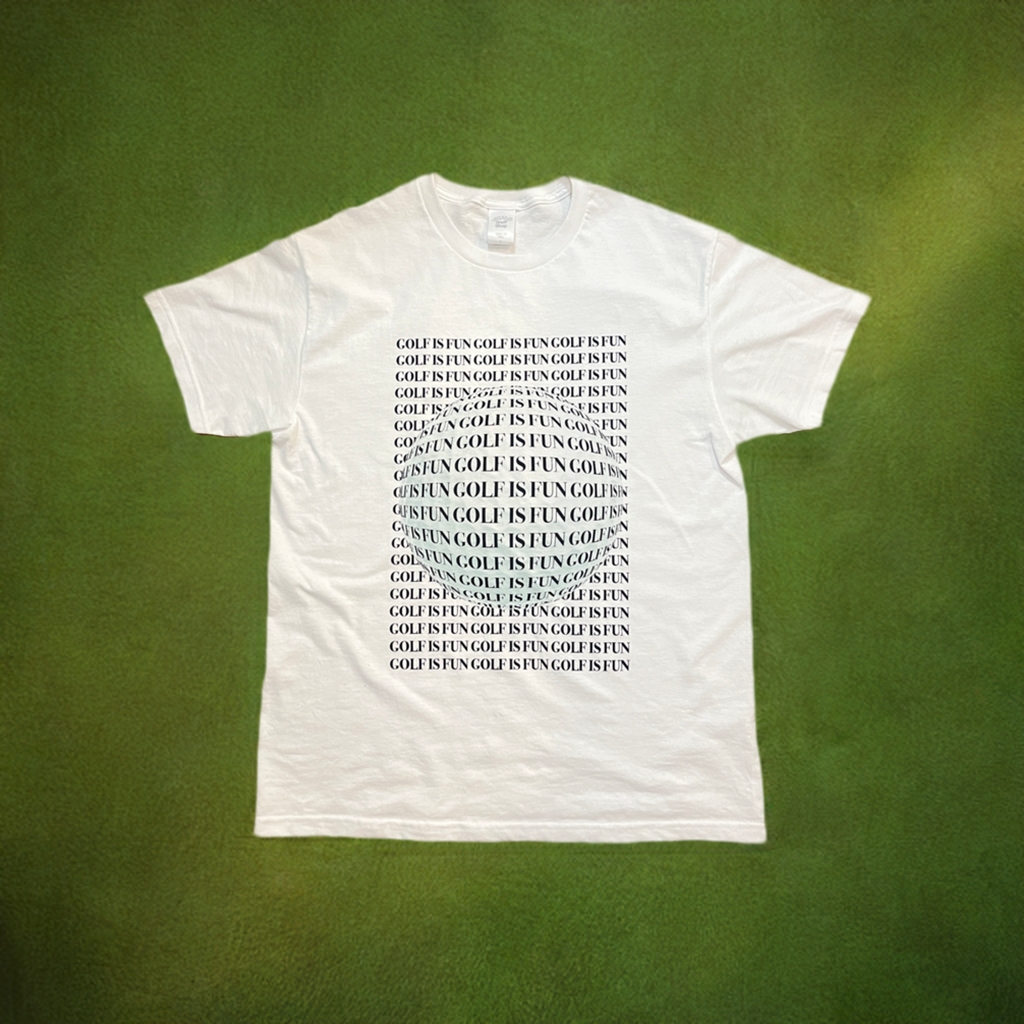
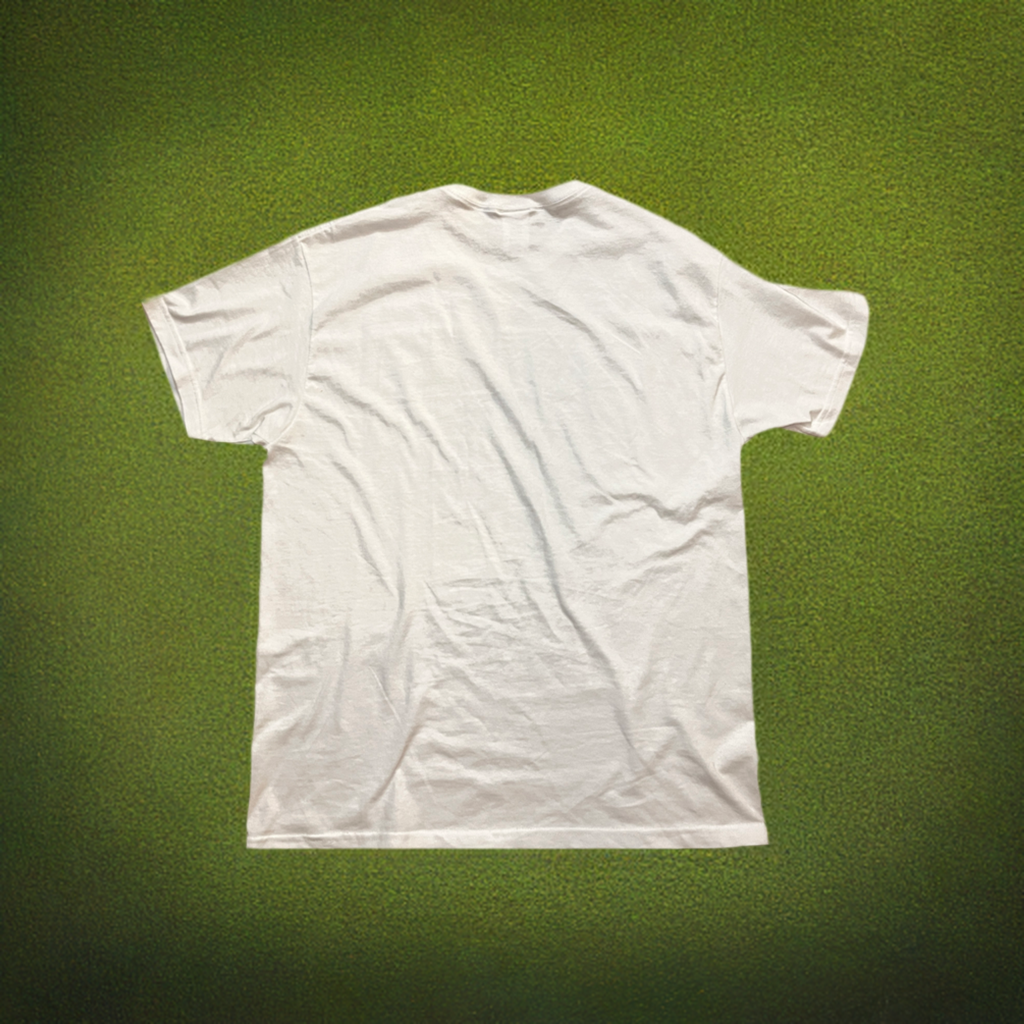

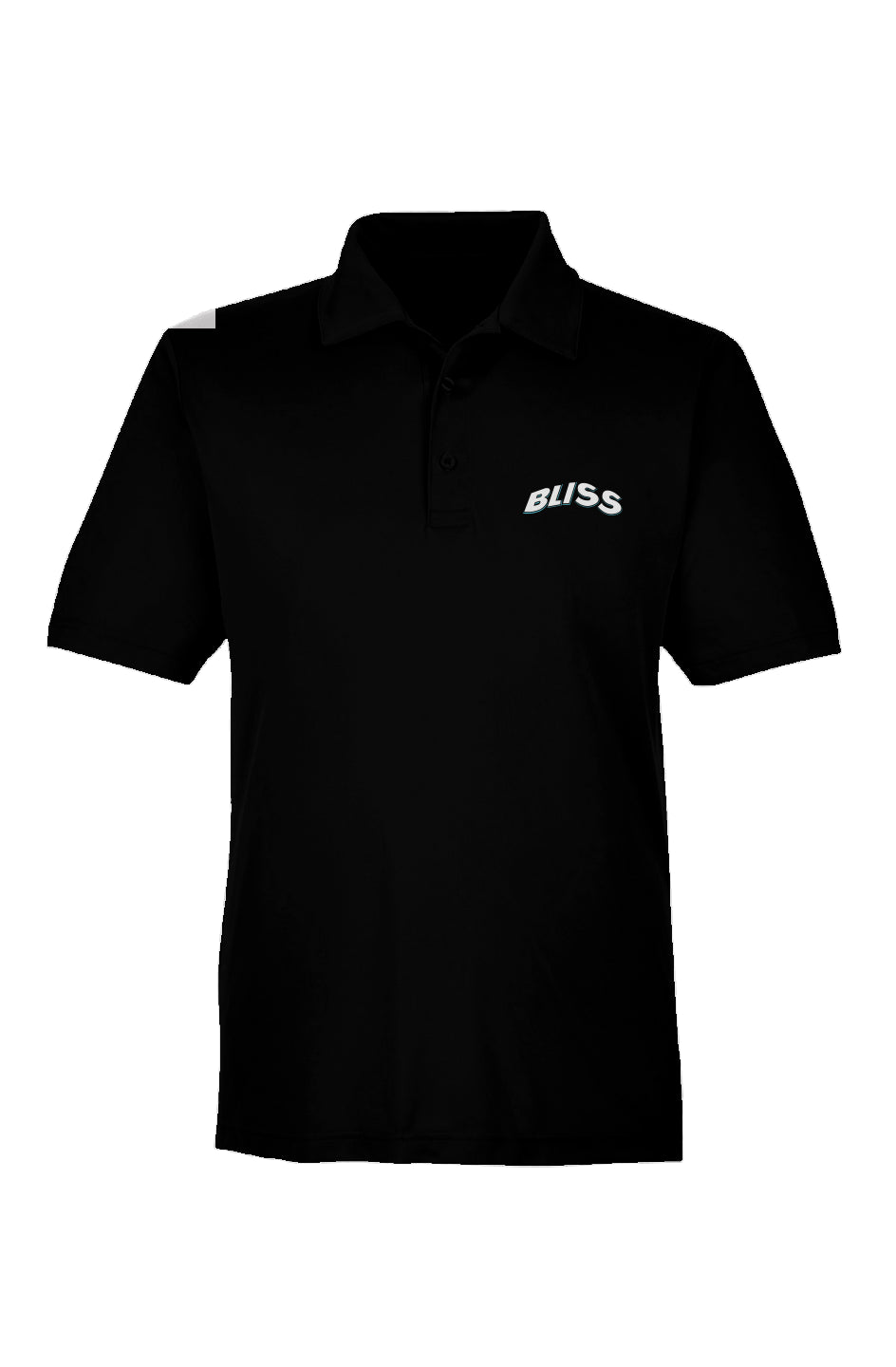

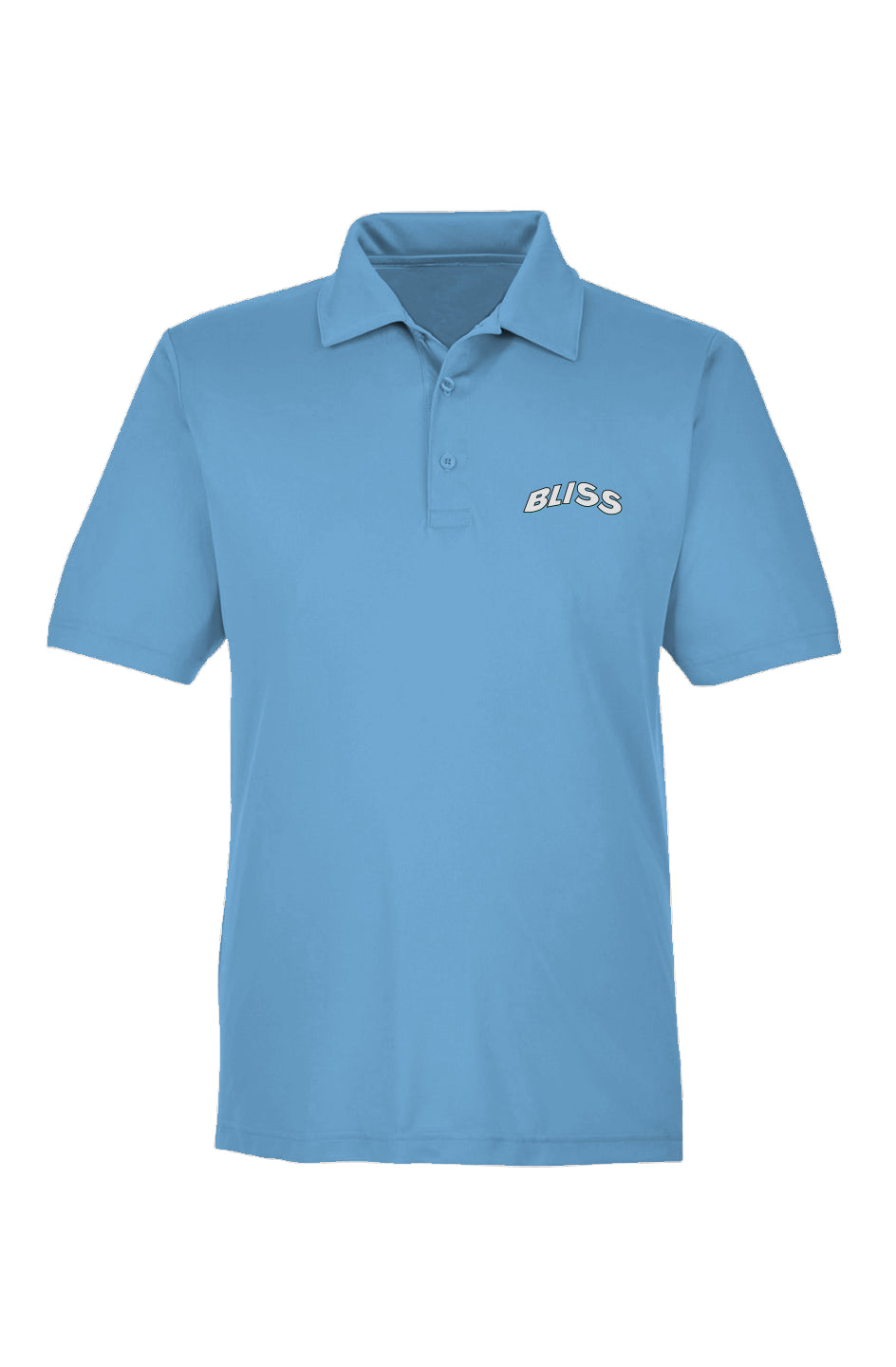
Leave a comment
This site is protected by hCaptcha and the hCaptcha Privacy Policy and Terms of Service apply.